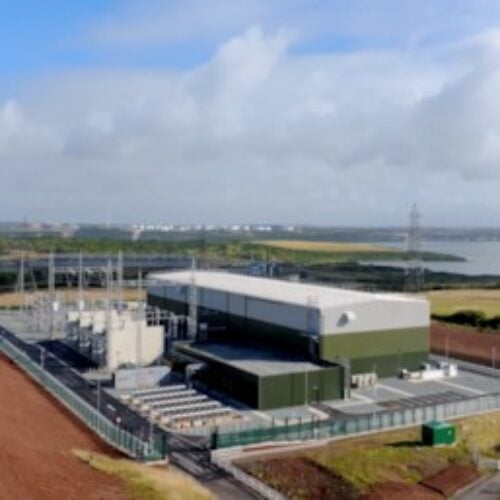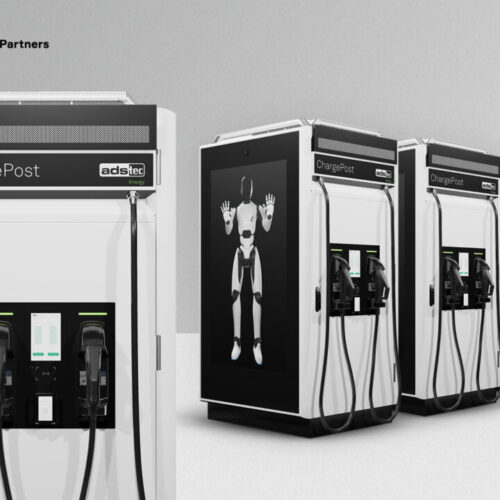A new service to streamline energy market access and enable faster grid connection for distributed energy assets has launched.
Megawatt Dispatch is the result of collaboration between distribution system operator (DSO) UK Power Networks and the National Energy System Operator (NESO), working together over two years on the initiative.
UK Power Networks (UKPN) says this is one of the first industry implementations to address transmission-distribution coordination and a whole system approach. MW Dispatch integrates distributed energy resource (DER) assets to control centres using advanced cloud and web API based technologies.
Five sites, with generation and battery assets, have now joined the service, which NESO and the DSO say will enable new energy projects to connect to the network years sooner.
Coordination and data exchange between the control rooms will enable NESO to reduce excess generation from the network when the transmission system is constrained by instructing UKPN’s systems to dispatch available DERs.
The development of MW Dispatch was supported by technology partners Kyndryl and Smarter Grid Solutions. Standardisation and automation ensure any DER connecting behind the transmission constraints in UKPN’s south coast network is eligible to participate in both transmission and distribution markets.
The solution enables customers to receive constraint payments for the electricity they would have otherwise generated, which system-wide is cheaper than the existing constraint management process used within the balancing mechanism (BM).
The BM, established in 2001, is increasingly complex and difficult to manage, seeing gas-powered assets used for grid balancing at higher rates, at a higher cost.
While it has made promises to simplify the BM and make it more accessible for emerging technologies including battery energy storage systems, NESO has also launched several new schemes in the hopes of better managing the UK electricity system, including Quick Reserve which Cornwall Insight recently credited with soaring battery revenues.
Director of UKPN DSO, Sotiris Georgiopoulos, said the service “sets the blueprint” for transmission-distribution collaboration, which he called “the only way we can enable the energy transition while keeping costs down for consumers”.
Keith Parker, MW Dispatch product manager at NESO added: “By integrating distributed energy resource visibility into the transmission network, we are not only enhancing grid reliability but also driving innovation and cost reductions across the energy sector.”
The first customer was integrated onto the solution in July 2024, after publication of the MW Dispatch service terms in February 2024. Following an operational trial in September last year, all systems and integrations between NESO and UKPN have been completed for the service launch.
In another move to support DERs, in January, UKPN launched its first ‘smart’ substation, the first in a series of its substations that will be equipped with technology allowing them to communicate with other sites. The electricity distributor says this will enable more distributed generators to connect to the network across the South East of England.






